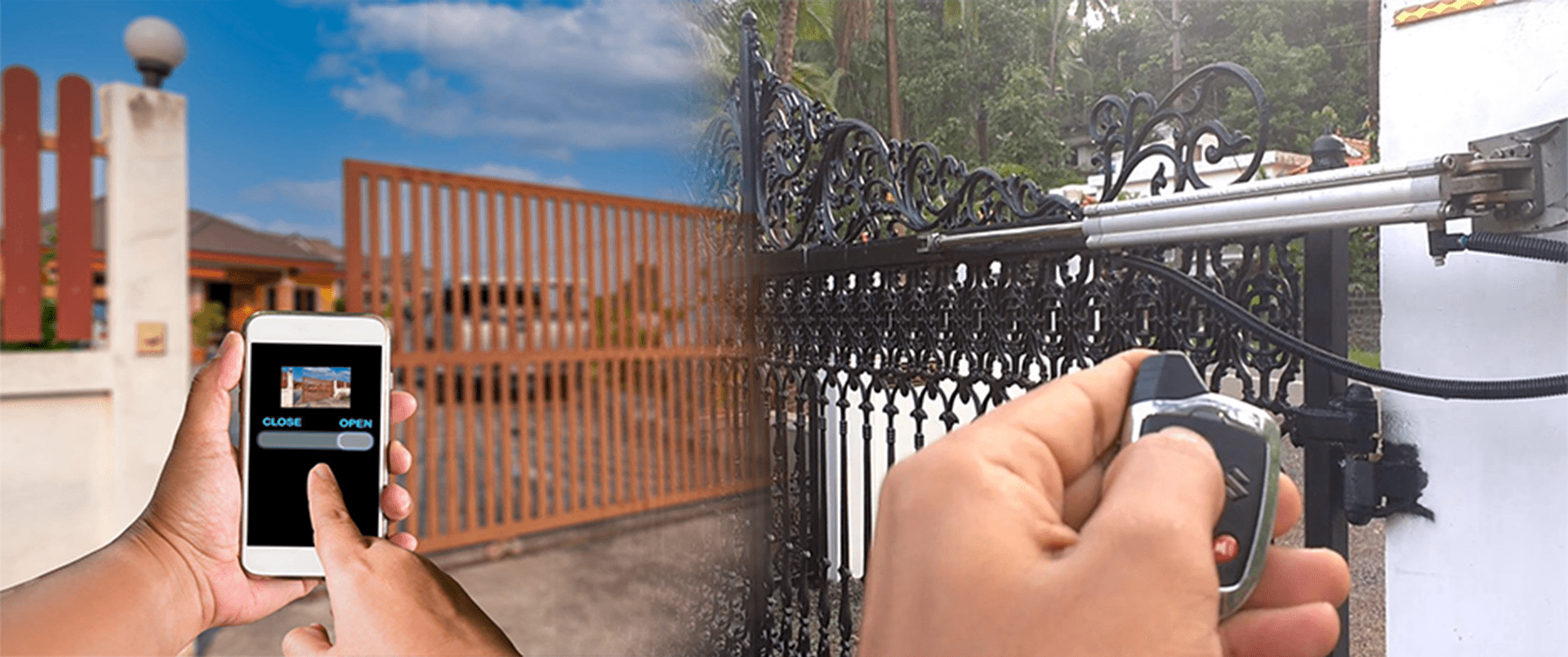
opening and closing of automatic, sliding, and swing gates and rolling shutters. Ideal solutions for different installation needs.
Installing an automation control system involves setting up the infrastructure, hardware, and software components necessary to automate and control various processes in a system or facility. Here’s a general overview of the installation process for an automation control system:
It’s important to note that installing an automation control system can be complex, and it often requires specialized knowledge and expertise. It’s recommended to involve qualified professionals or system integrators who have experience in automation installations to ensure a successful implementation.